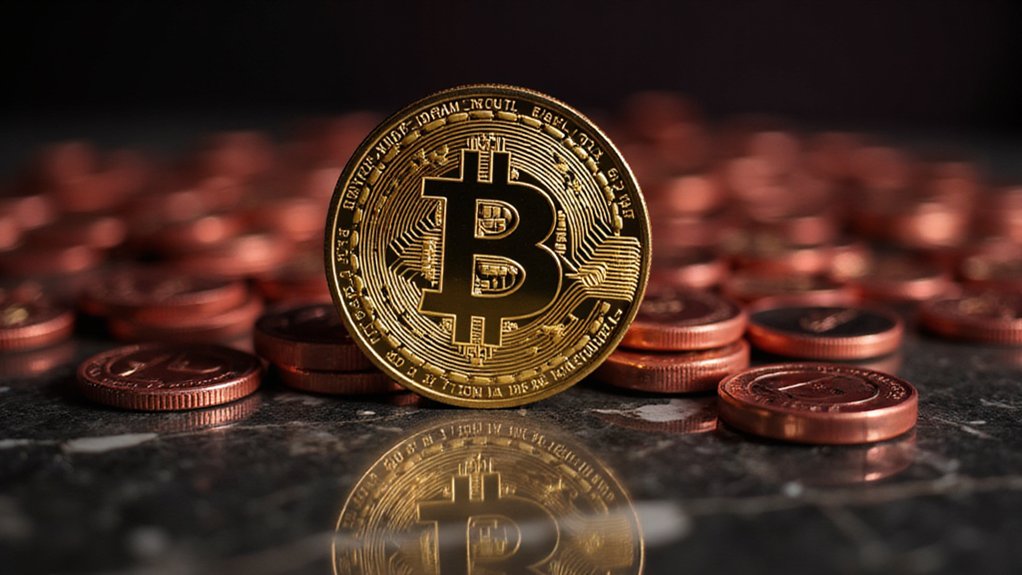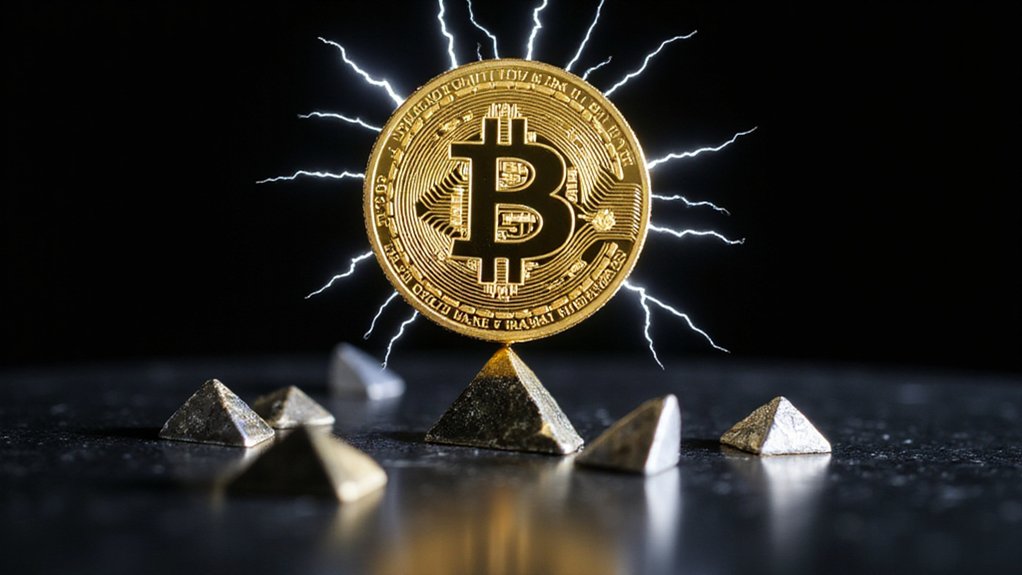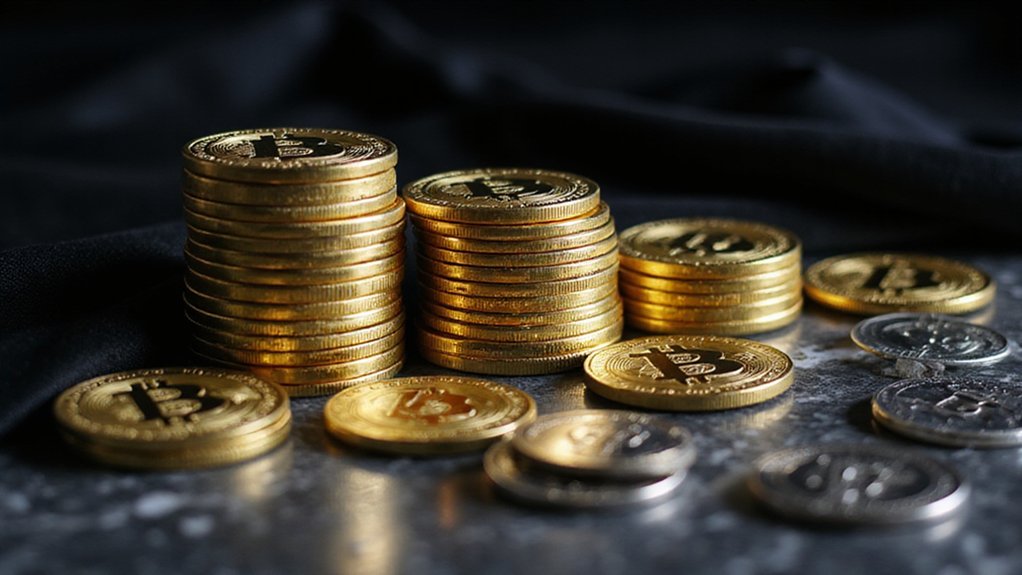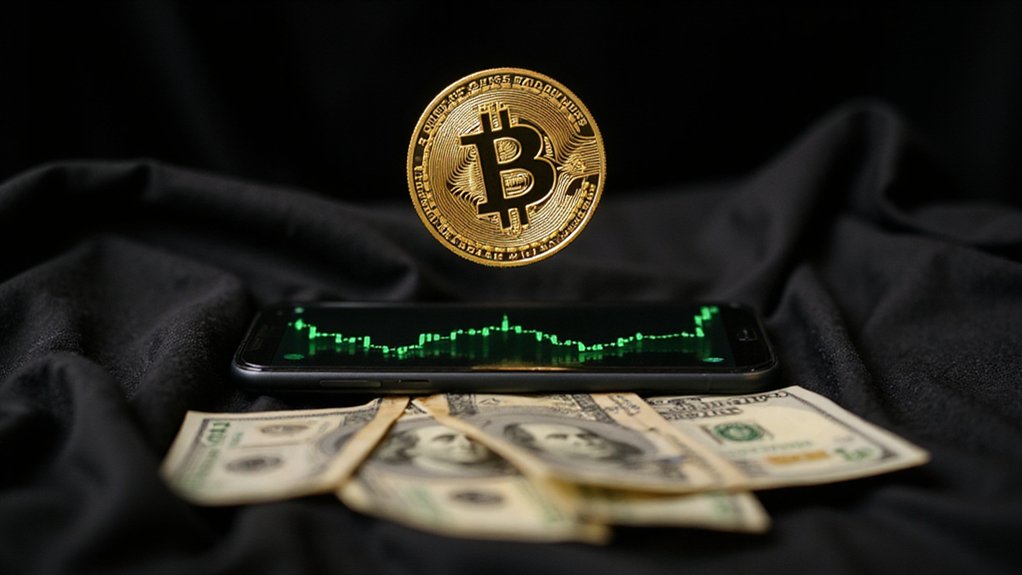Among Bitcoin‘s most defining characteristics—and perhaps its most audacious challenge to traditional monetary systems—stands the immutable cap of 21 million coins, a numerical ceiling that represents both a philosophical statement and a technological marvel. This hardcoded limitation, embedded deep within Bitcoin’s protocol by the enigmatic Satoshi Nakamoto, transforms digital bits into something approaching digital scarcity—a feat that would make alchemists weep with envy.
The choice of 21 million, admittedly an “educated guess” rather than some mystical calculation, matters less than the existence of any ceiling at all. Unlike fiat currencies, which central banks can conjure with the enthusiasm of a Vegas magician, Bitcoin’s supply follows an inexorable mathematical progression toward zero issuance. The halving mechanism—reducing mining rewards by 50% approximately every four years—creates a predictable deflationary spiral that continues until roughly 2140, when the final satoshi emerges from the digital mines. By positioning Bitcoin as digital gold, Nakamoto deliberately created an asset that mirrors precious metals’ scarcity while existing entirely in the digital realm.
Bitcoin’s supply marches toward mathematical extinction with clockwork precision, defying the monetary conjuring tricks of traditional finance.
This scarcity isn’t merely theoretical posturing; it’s enforced by thousands of network nodes whose collective validation creates an impenetrable fortress around the 21 million limit. Changing this cap would require consensus from a decentralized network that guards this principle with religious fervor—imagine herding cats, but the cats have advanced degrees in cryptography and strong opinions about monetary policy. The mining process functions as the mechanism for transaction validation, releasing new bitcoins as rewards while simultaneously securing the network through computational proof-of-work. Bitcoin operates as a permissionless system, allowing anyone to participate in the network without requiring approval from centralized authorities or bureaucratic gatekeeping.
Could the limit theoretically be overcome? Certainly, through a network-wide protocol upgrade commanding majority consensus. Yet this possibility exists in the same domain as Congress agreeing on literally anything: technically feasible, practically impossible. The economic incentives align against such changes like financial planets in perfect opposition.
Institutional investors didn’t pour billions into Bitcoin because they appreciated its user interface or transaction speeds. They recognized an asset whose monetary policy operates with Swiss-watch precision, immune to political whims and inflationary pressures that plague traditional currencies. Altering the supply cap would obliterate this value proposition faster than a margin call in a bear market.
The 21 million limit therefore represents Bitcoin’s most profound innovation: programmable scarcity in a digital domain previously defined by infinite reproducibility. Whether this mathematical constraint can withstand future pressures remains the trillion-dollar question—quite literally, given Bitcoin’s market capitalization.








